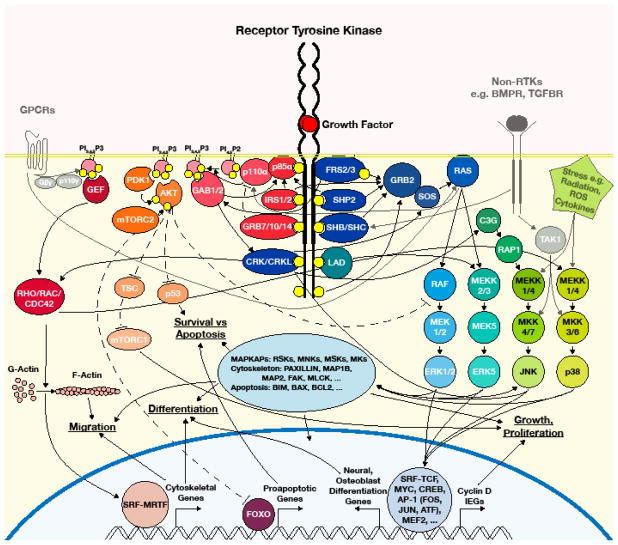Figure 2. RTK signaling pathways acting in concert.
A generic RTK is shown at center in an activated state. Signaling proteins that activate the MAPK pathways (e.g. GRB2-SOS) and PI3K pathway (e.g. p85α) can be recruited directly to the RTK or via signaling effectors that act as intermediates (e.g. FRS2/3, SHB/SHC, CRK/CRKL, SHP2, GRB7/10/14, IRS1/2, etc.). Many of these proteins can recruit one another and receptor activation thereby creates multimeric signaling complexes. The exact composition of effectors and activated pathways will depend on the RTK, ligand, and cell type involved. MAPK signaling regulates cytoplasmic targets such as MAPKAPs, cytoskeletal proteins, and apoptosis/survival proteins, and nuclear targets, mainly transcription factors. Some MAPKAPS will translocate to the nucleus and regulate TFs, potentiating the response. PI3K activity can activate Rho-family GTPases that regulate the cytoskeleton and cytoskeleton-regulated TFs (e.g. MKL1/2), and activate AKT signaling, which in turn regulates p53, FOXO, and mTORC1 activity. MAPK and PI3K can regulate each other and some of this crosstalk is shown (e.g. AKT inhibition of RAF). MAPK and PI3K can also be activated by other receptors or cellular stress and these sources are shown in a lighter tone. Last, RTKs can activate additional signaling pathways not covered in this review (PLCγ, PKC, Src Family Kinases, and STATs). While many of these pathways can interact with MAPK and PI3K pathways, they are omitted for clarity. Effectors and pathways more associated with MAPK signaling are shown in blue tones and green tones, while those more tightly associated with PI3K signaling are shown in red and orange themes, though the high degree of interconnectedness makes such distinctions somewhat contrived.

